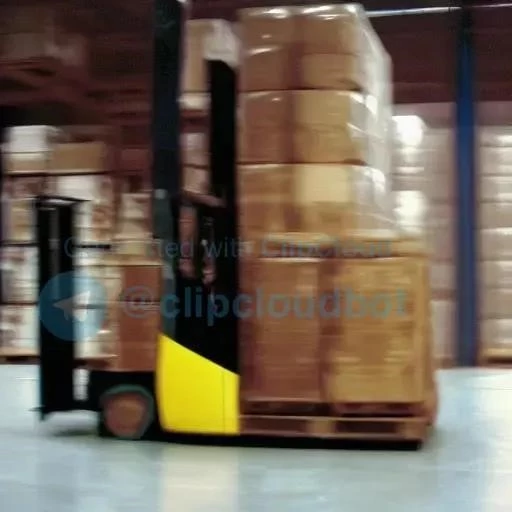Forklifts are the unsung heroes of modern industrial operations, silently and efficiently moving materials that keep supply chains flowing and businesses thriving. These versatile machines are far more than just simple lifters; they are integral components of complex logistical systems. The impact of these powerful vehicles on productivity and safety is undeniable, making them indispensable in a wide variety of settings. Understanding the common uses of forklifts is crucial for optimizing operational efficiency and ensuring a safe working environment.
The Indispensable Role of Forklifts in Material Handling
From sprawling warehouses to bustling construction sites, forklifts are essential for material handling. Their ability to lift, transport, and stack heavy loads quickly and safely makes them a cornerstone of efficient operations. Consider the following common applications:
- Warehousing and Distribution: Moving pallets of goods, loading and unloading trucks, and organizing inventory.
- Manufacturing: Transporting raw materials, moving finished products, and assisting in assembly processes.
- Construction: Lifting and moving building materials, transporting equipment, and assisting in site preparation.
- Retail: Stocking shelves, unloading deliveries, and managing inventory in large retail stores.
Forklift Attachments: Expanding Capabilities
The versatility of forklifts is further enhanced by a wide range of attachments. These attachments allow forklifts to handle specialized tasks and materials, expanding their utility beyond simple pallet lifting. Some common attachments include:
- Sideshifters: Allow lateral movement of the forks, enabling precise placement of loads.
- Fork Extensions: Extend the reach of the forks for handling longer or wider loads.
- Paper Roll Clamps: Securely grip and transport large paper rolls without damage.
- Drum Clamps: Safely lift and transport drums of various materials.
Forklift Safety: A Paramount Concern
While forklifts significantly improve efficiency, safety is paramount. Proper training, regular maintenance, and adherence to safety protocols are essential to prevent accidents and injuries. Operators must be thoroughly trained and certified to operate forklifts safely. Regular inspections and maintenance are crucial to ensure the machines are in good working condition. Clear communication and designated traffic patterns can help minimize the risk of collisions.
Here’s a table comparing different types of forklifts and their applications:
| Forklift Type | Typical Application | Advantages | Disadvantages |
|---|---|---|---|
| Electric Forklift | Warehouses, indoor use | Quiet, emission-free, maneuverable | Limited battery life, lower lifting capacity |
| Internal Combustion (IC) Forklift | Outdoor use, heavy loads | High lifting capacity, long operating time | Noisy, emissions, requires fuel |
| Rough Terrain Forklift | Construction sites, uneven surfaces | Durable, high ground clearance | Less maneuverable, higher cost |
The Future of Forklift Technology
The evolution of forklift technology continues to drive improvements in efficiency and safety. Advancements in automation, such as autonomous guided vehicles (AGVs), are transforming warehouse operations. Improved battery technology is extending the operating time of electric forklifts. And sophisticated sensor systems are enhancing safety by preventing collisions and providing real-time feedback to operators. These innovations are paving the way for a future where forklifts play an even more crucial role in industrial operations.
As we look towards the future, it’s clear that forklifts will remain an indispensable tool for moving materials in various industrial settings. Embracing innovation and prioritizing safety will be key to maximizing the benefits of these powerful machines and ensuring a productive and secure working environment. The continued evolution of forklift technology promises even greater efficiency and versatility in the years to come.

